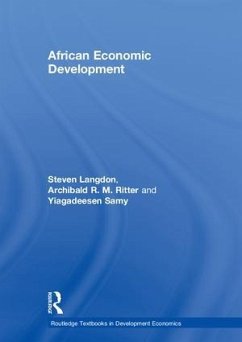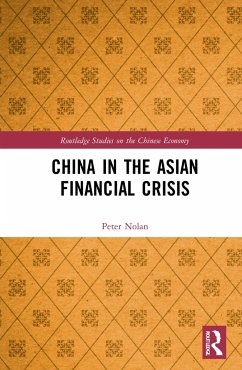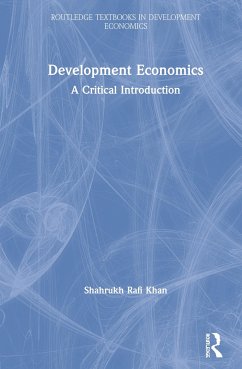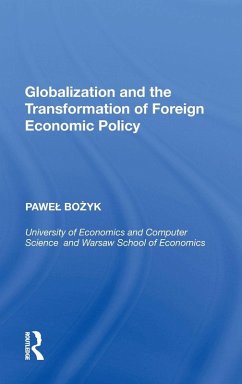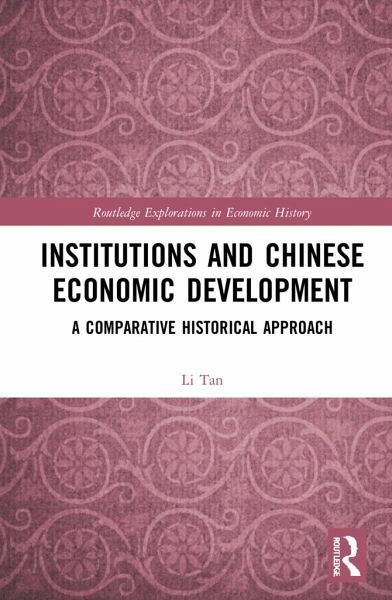
Institutions and Chinese Economic Development
A Comparative Historical Approach
Versandkostenfrei!
Versandfertig in 1-2 Wochen
167,99 €
inkl. MwSt.
Weitere Ausgaben:

PAYBACK Punkte
84 °P sammeln!
Institutions and Chinese Economic Development: A Comparative Historical Approach studies the historical relationship between institutions and economic development in China, drawing comparisons with England, Japan and other Asian economies as appropriate.





